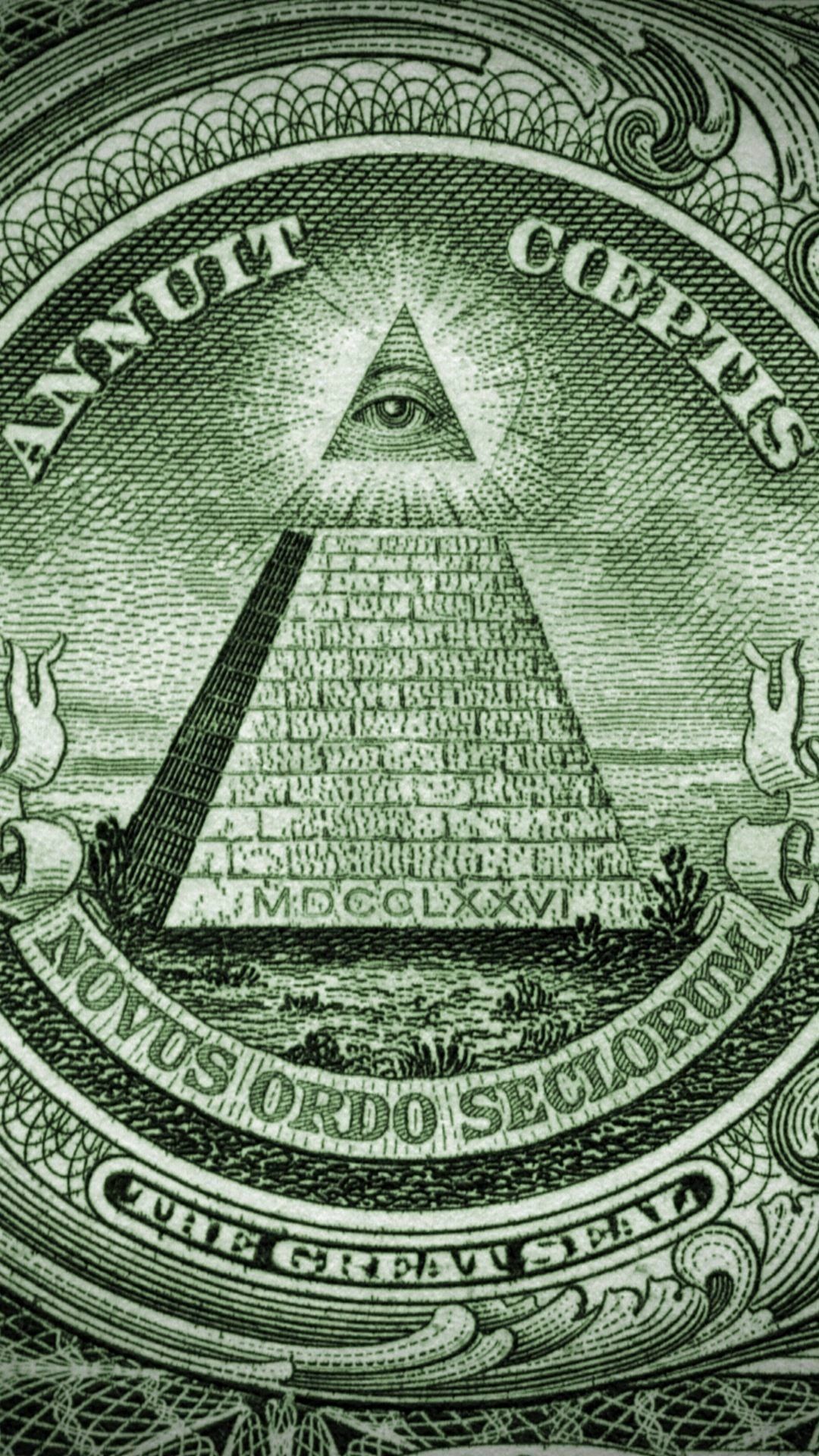Timor-Leste’s Other Recently Producing Field
By — — Posted in Finance
Recent data never have been stimulating for the financial future of this petroleum-export-dependent country. 40/barrel, but the declining global currency markets and the rising U.S. 16.04 billion, since April 2014 and a billion dollars less than eight weeks ago the cheapest. Oil and finance professionals are optimistic invariably, and we hope that they are right that oil prices will rise again, the currency markets will improve, and the U.S. If this happens, the Account ‘s balance will decrease gradually.
However, it will only begin to increase if politicians are courageous and far-seeing enough to sharply curtail public shelling out for wasteful mega-projects with dubious benefits — a change of direction not noticeable in current planning. Nevertheless, one element in this formula is immutable; it shall not change credited to global budget or wise budgeting.
- 2x Tangible Book
- BBR Holdings (S) Limited (Newly Added)
- Pay stubs for days gone by 30 days
- Current liabilities are due
- Will you be managing the house yourself, or do you want to pay someone to do it
Our coal and oil reserves are non-renewable — once they can be purchased they no more exist. The Vice-Minister of Finance recently suggested Ministers and other officials not to worry about oil prices because 90% of Timor-Leste’s oil and gas has already been extracted and exported. In fact, even this can be too hopeful. Based on the latest reserves statement from Santos, somebody in the Bayu-Undan project, 93.3% of Bayu-Undan’s ‘Proved’ debris have been completely extracted.
Timor-Leste’s other lately producing field, Kitan, is already shut down. Although Greater Sunrise may rise some day, the unpredictability of boundary disputes, floating/pipeline obstinacy and dubious profitability could take decades to resolve. By then, our Petroleum Finance may no can be found much longer. If we continue to accelerate state spending, hiding the entire costs by borrowing, where will the amount of money to repay the debts result from?
How will we maintain our nice new roads and airports? Moreover, will instructors, doctors, police and civil servants continue to serve the general public when there is no money to pay them? La’o Hamutuk has warned about Timor-Leste’s fundamental fiscal fragility for several years, and we are gratified and saddened to see proof from many resources confirming our dire predictions.
But decision-makers’ minds remain in the sand. What will it try make them look around, to see beyond next week or the next election? When will they realize that greater than a million people, not only their interest or cronies groups, depend with them to advance sustainable and equitable development? Furthermore, drilling these new wells will cost many millions of dollars. This cost is ‘recoverable’ from Bayu-Undan production — so most if it’ll be subtracted from revenues which could have come to Timor-Leste. We have no idea if articles such as this total result from ANP obfuscation or journalistic incompetence, but it’s no question that the newspaper-reading general public is puzzled. Hopefully their leaders know better.
The most recent U.S. Consumer Price Index was just 1 up.5% within the last year. Yet it is a much different situation abroad, particularly in the developing world. In South Korea, the CPI rose at a 4.1% clip in January from a 12 months earlier, higher than the 3.8% estimate. In Brazil, experts expect prices to go up 5.6% this year, exceeding the central-bank focus on of 4.5%. China, on the other hand, has been increasing rates of interest and raising bank or investment company capital requirements to keep inflation, which increased to 4.6% in December, in balance. Julia Coronado, chief economist for North America at BNP Paribas in NY.
Even some developed economies are viewing rising prices. Inflation in the U.K. Much of the uptick has been powered by commodity prices. In the past six months, oil has jumped 9%, copper has gained 36% and sterling silver has raised 56%. Agricultural products have soared as well: Cotton, wheat and soybeans have risen 100%, 24% and 42%, respectively. That’s a problem because increasing insight prices “work their way down the food string to CPI,” says Alan Ruskin, global head of G-10 foreign-exchange strategy at Deutsche Bank or investment company.
Of course, the primary inflation driver is usually wages-and that isn’t a factor in the U.S., where high unemployment has kept a lid on purchase three years. Yet there isn’t any historical blueprint for the inflation situation that seems to be unfolding now. Not only has the global economy transformed significantly because the last big inflationary run through the 1970s, but the lingering effects of the recent personal debt crisis stay a wild credit card.


